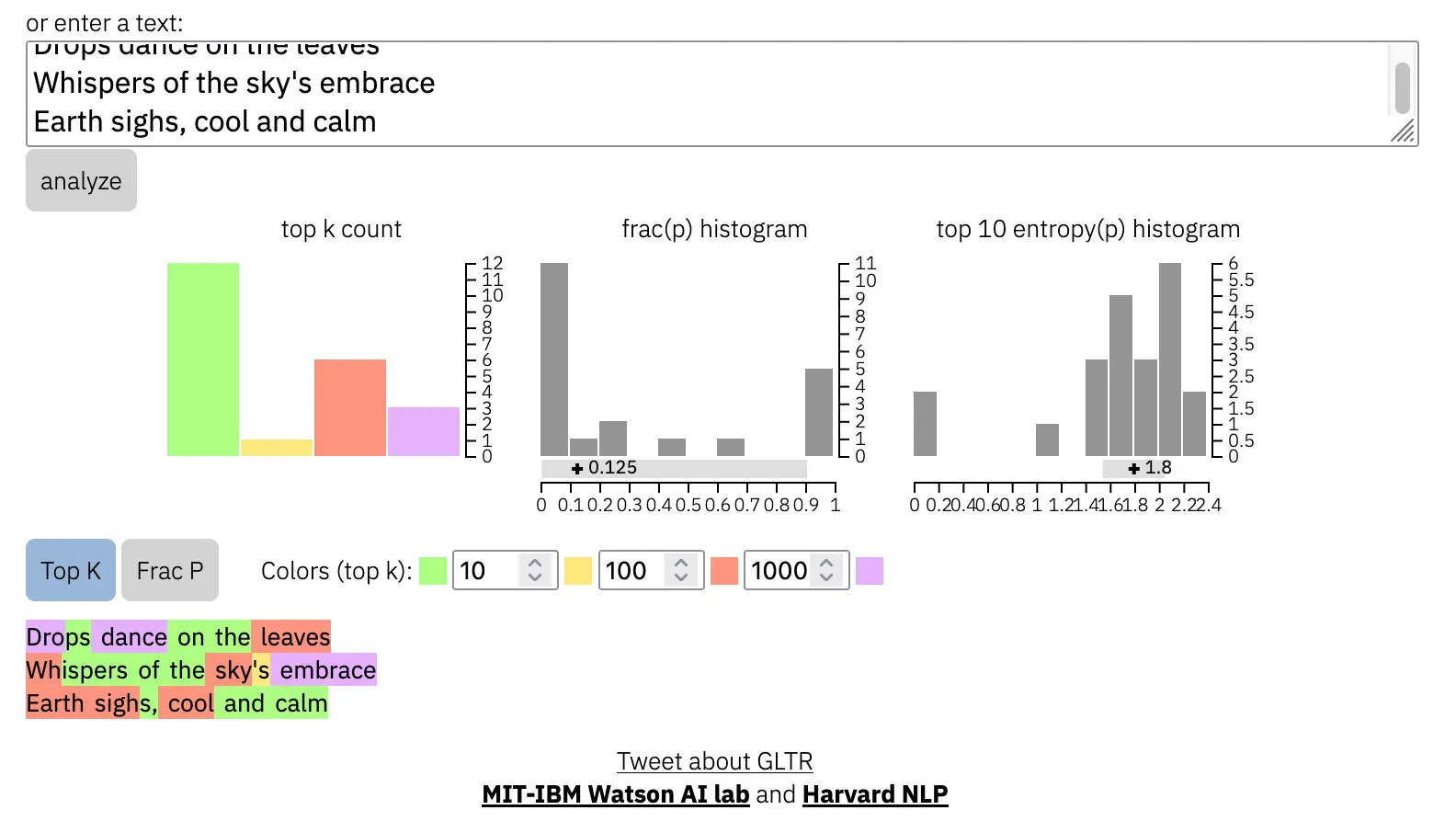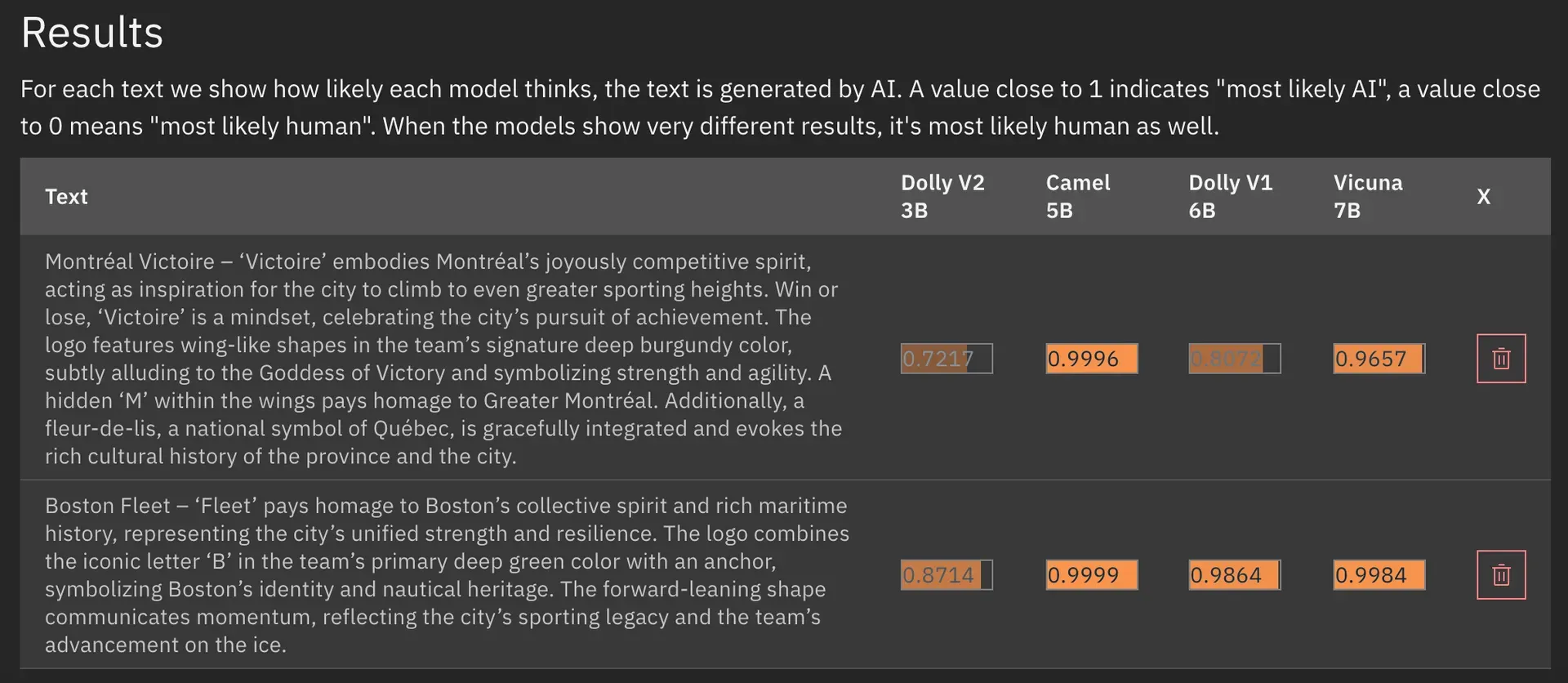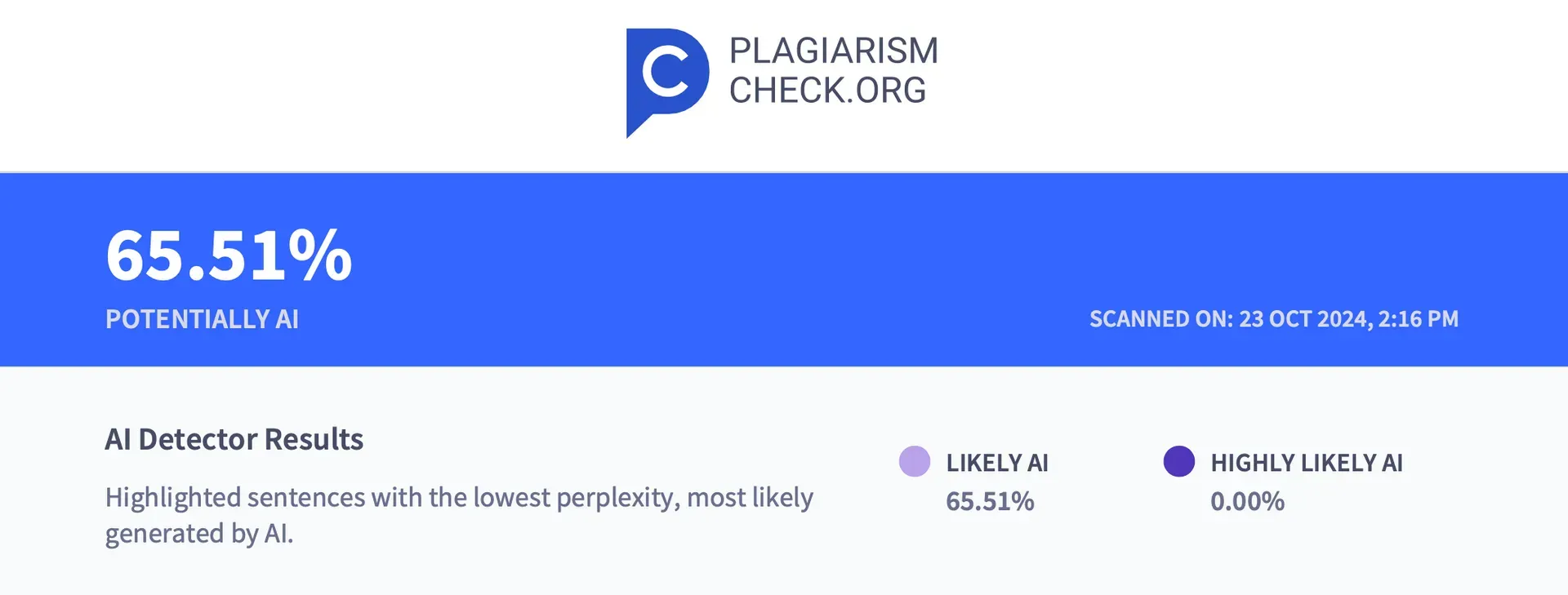It seems easy enough—sign up for a free or low-cost generative AI tool (probably ChatGPT or Claude), feed it documents about your company and writing style, and give it a request. If the AI tech bros on YouTube Shorts are to be believed, you can have months of blog content in, like, five minutes.
Yes, you might wind up with a ton of content—if we’re strictly talking about words on a page that you can technically post to your blog. But this content isn’t going to be set up well for SEO, and it might even dilute your brand in the process.
And I’m going to talk about hockey to explain why.
How hockey has anything to do with this
I live just a short walk from the Boston Professional Women’s Hockey League (PWHL) team’s home stadium. When the league started last year, I was hyped to go to the games…but disappointed that the team didn’t have a name. For the entire first season of play, all seven teams just went by their location.

From a marketing perspective, it’s a little weird to launch a whole organization without a name— or in this case, multiple teams. But due to some other factors that made late 2023 a great time to kick off a unified pro women’s hockey league, though, the benefits of this slightly awkward nameless-launch outweighed the cons.
Needless to say, I donned my dark green duds (drawing the line at buying generic “Boston” merch that looked like something for sale at the airport) and went to the games. Standing-room only, sold-out final championship nail-biter included. My husband and I would guess what the names might be; I read some leaks; we hypothesized.
The lack of a name was kinda weird, yeah, but it sure did get us talking.
The emotional impact of branding and marketing
When I finally got an email announcing the new team names, I was super excited. And then two things happened that turned down the dial on that excitement:
- I saw our name was going to be the Boston Fleet. (Yes, I am in the camp that thinks it should’ve been the Boston Wicked; don’t come for me.)
- I read the team name descriptions.
In an ideal scenario, you wouldn’t even need to send out an explainer of why team or brand name was chosen: it would be culturally identifiable and exciting to your audience. In this case, Boston.
But setting that aside, the real issue with the team name descriptions was how they were written. They smelled strongly of AI.
A sports team name is personal to its fans; it carries a lot of weight and meaning. It’s chanted, cursed, praised, and worn scrawled across chests. When a description of that name appears to be created by an impersonal computer program, it feels…cheapened. This thing that is supposed to be a great unifier in each region has been boiled down to some clicks and pixels.
Wait—isn't AI-generated content original?
When you prompt a generative AI tool to create content, it feels like you’re getting something new and unique. But you aren’t.
Generative AI tools are pre-trained transformers.We can boil down the way they work to the following:
- Computer scientists create a machine learning algorithm that can process information and receive feedback
- The algorithm receives a large amount of data, usually carefully labeled by its developers. For example, a picture of a dog will be labeled “dog”—and the machine is given thousands, if not millions, of “dog” images.
- The creators of the algorithm use it to process information, answer questions, and carry out different actions. This may be done on various samples of the training data, new data, or even by having two of these algorithms interact with each other.
- Through this process, and its large consumption of data, the algorithm codifies certain patterns that it uses to create new outcomes via predictions.
This means that when you get a tool like ChatGPT to spit out some content, it’s not actually original. Instead, the computer algorithm has quickly referred back to all its training data (basically, the internet in its entirety at this point) and run a mathematical equation to figure out what the most likely, predictable, outcome is.
If ask ChatGPT to create a haiku about rain, its result isn’t really a musing on the beauty of precipitation. It’s three lines of words that are statistically likely to appear near each other in references to “rain” that follow the structure of data points commonly labeled as “haiku” or “poem”.
Here’s an example using an MIT-developed tool that detects how likely a word is to follow the one before it. Green = the most likely phrasing. And most of the words in that ChatGPT-generated haiku are green.

We can see lots of green in the PWHL’s explanation of the Boston Fleet team name, too:

And the more predictably likely it is overall, the more likely it’s AI generated text—as reconfirmed by Radar, another tool developed by IBM/MIT/Georgia Tech researchers and others:

Radar says that if a piece of text consistently scores close to 1, that’s it’s most likely AI generated. We’re getting some .99 scores in there, so…yeah. Looks like the PWHL used AI to write their team descriptions, probably with a little human editing and intervention.
We'll do one more analysis for good measure:

Now, I can’t say that the PWHL definitely had a human use AI to create these, as I don’t work with or for the organization. But I immediately noticed some “telltale AI” phrasing when I read the release about the team names, and this all seems to back up my hunch.
What are the problems with using AI to write content for your brand?
I see four issues here:
- There are limits on the number ways you can combine words that are likely to appear together. And because these pairings are based on text that’s already been created, you eventually run into a wall where your content is sounding similar to others’.
- If your content sounds too similar to another brand’s—or, as in the case of the PWHL announcements, is easily identifiable by some of your audience as being AI-generated—you run the risk of weakening or losing the customer-brand connection. Not gonna lie, I felt borderline offended that this organization was fumbling the bag with generic AI content at a time when they were making a long-awaited announcement in the world of women’s sports… which already, historically, gets the short straw a lot.
- If you build your brand voice and content through relying on an AI tool, you may run into issues down the line. It’s not that people are expendable, they’re not—but you can reasonably expect to find a quality writer who can mirror the tone of voice created by another. They can make decisions on the fly. But if you’re relying on AI, you’re relying on access to a specific tool…and placing a lot of faith in the fact it works. We are rapidly approaching a point at which AI model trainers (like those at OpenAI) actually run out of human-created content to train their models on. And feeding AI-generated content into an AI creates something known asmodel collapse…aka, it stops working as expected and starts hallucinating a lot.
- If you’re planning to use this content for organic marketing through search engines (SEO), you’re weakening its performance potential. One of the key factors that goes into creating well-ranking SEO content is the expertise and authority of the content’s author. Another is its originality. You’re playing with fire here.
How can you avoid AI-generated brand content that sounds generic?
Have a person write it.
That’s it. That’s the solution.
If you’re putting together content that’s a big part of your brand and marketing strategy, you need a person to do it. I’d argue you should have a person do all of it, but I can acknowledge that there are situations where AI might suffice—like creating little blurbs or repurposing older content into something newer and shorter.
When it comes to something to something like your mission statement, key marketing content pillars, and the essence behind every single team name in your league that people are very passionate about, well, you need a person. Whether that’s you learning to do it yourself or finding a writer to work with, there is no match for a person’s creativity.
Totally new to the game of hiring someone to work with? I got you. Check out some quick tips for working with a ghostwriter—someone who won’t break down and give you weird answers that don’t make sense. (And you still get to put your name on the finished product!)



